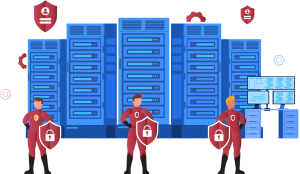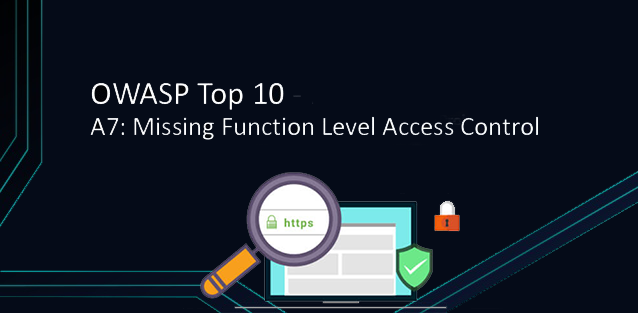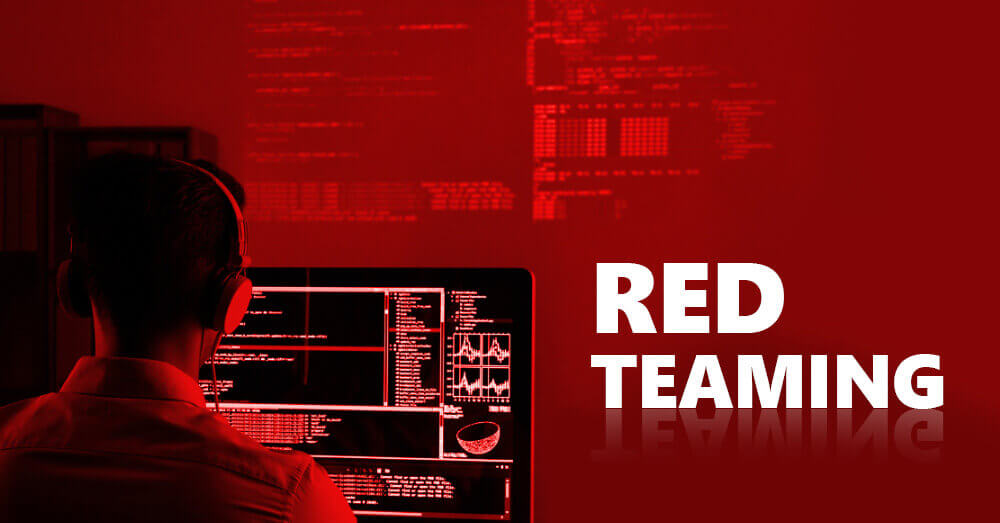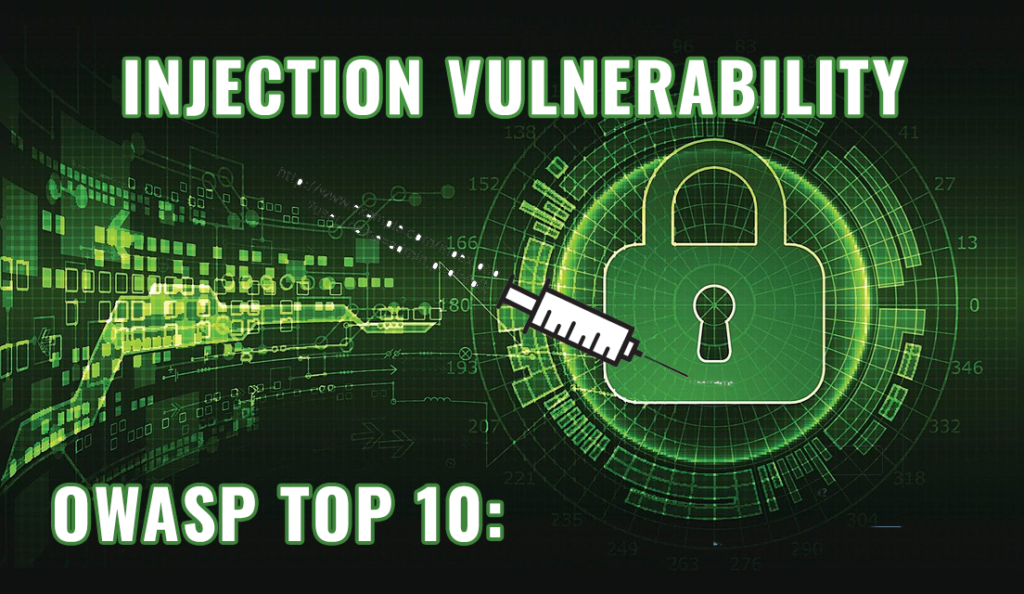Unveiling the Achilles’ Heel: Why Email Security Matters
In the ever-evolving landscape of cybersecurity, email remains a critical attack vector for malicious actors. Phishing scams, malware attachments, and social engineering tactics all leverage the familiarity and trust associated with email to compromise systems and steal sensitive data. This vulnerability underscores the paramount importance of robust email security measures, both for individuals and organizations.
Penetration Testing (Pentesting): Unveiling Weaknesses to Fortify Defenses
Penetration testing, or pentesting for short, plays a crucial role in bolstering email security. Pentesting simulates real-world cyberattacks, allowing security professionals to identify and exploit vulnerabilities in email systems before malicious actors do. By mimicking the tactics of hackers, pentesters can uncover weaknesses in email configurations, spam filtering mechanisms, and user awareness, providing valuable insights to strengthen overall email security posture.
Building a Fortress: Essential Tips for Comprehensive Email Security
This article delves deeper into actionable strategies to fortify your email defenses, drawing insights from the world of pentesting:
- Scrutinize Attachments with a Hawk Eye: Attachments are a common entry point for malware. Exercise extreme caution when opening attachments, especially from unknown senders. Unfamiliar file types or emails with generic filenames like “document.exe” should raise red flags. Pentesting often involves sending emails with cleverly disguised malicious attachments to identify users susceptible to such tactics.
- The Art of Skepticism: Identifying Phishing Attempts
Developing a discerning eye for suspicious emails is critical. Be wary of emails with urgent tones, grammatical errors, or inconsistencies in sender addresses. Even seemingly legitimate emails from familiar senders can be spoofed. Phishing simulations during pentesting help train users to recognize and avoid these deceptive attempts.
- The Strength is in the Complexity: Crafting Impenetrable Passwords
Simple passwords are easily cracked by automated tools employed by attackers. Implement strong, unique passwords for your email accounts, incorporating a combination of uppercase and lowercase letters, numbers, and special characters. Consider using a password manager to generate and store complex passwords securely. Pentesting often reveals the effectiveness of password complexity policies within an organization.
- Two-Factor Authentication: The Two-Step Solution
Two-factor authentication (2FA) adds an extra layer of security by requiring a second verification step, typically a code sent to your phone, in addition to your password. This significantly reduces the risk of unauthorized access, even if your password is compromised. Pentesting highlights the effectiveness of 2FA in preventing account takeovers.
- Spam Filters: Your First Line of Defense
Utilize your email provider’s spam filters to their fullest potential. Regularly review your spam folder to ensure legitimate emails haven’t been caught in the net. Pentesting can assess the effectiveness of spam filters in identifying malicious emails.
- Email Etiquette: Safeguarding Both Sender and Recipient
Think twice before sending emails to unknown recipients or including suspicious attachments or links. This can inadvertently spread malware. Consider email encryption for sensitive information to ensure its confidentiality during transmission. Pentesting can expose vulnerabilities in email configurations that might allow attackers to intercept unencrypted messages.
- Antivirus: Your Digital Shield
A robust antivirus program is vital for comprehensive email security. It detects and removes malware that might sneak in through email attachments. Keep your antivirus software updated to ensure it can identify the latest threats. Pentesting can reveal gaps in antivirus protection that might allow malware to bypass detection.
- Exploring the Security Settings Landscape
Review and configure your email provider’s security settings to maximize your email security posture. These settings often offer options for filtering incoming and outgoing emails, adding encryption, and implementing digital signatures. Pentesting can expose weaknesses in email security configurations that might be inadvertently left open.
Beyond the Basics: Advanced Considerations for Enhanced Security
While the above measures form the foundation of robust email security, there’s always room for further fortification:
- Security Awareness Training: Regular training programs for employees can significantly enhance their ability to identify and avoid email threats. Pentesting insights can be incorporated into these training programs to provide users with real-world scenarios and red flags to watch out for.
- Data Loss Prevention (DLP): DLP solutions can prevent sensitive information from being transmitted unintentionally through email. Pentesting can help identify potential data leakages that DLP solutions might not catch.
- Email Encryption in Transit and at Rest: Encrypting emails both during transmission and while stored on servers adds an extra layer of security. Pentesting can assess the effectiveness of email encryption protocols.
Secromix: Your Partner in Building a Bulletproof Email Security Strategy
At Secromix, we understand the critical role email security plays in safeguarding your organization. Our team of cybersecurity experts can help you develop a comprehensive email security strategy that incorporates best practices and leverages penetration testing. Contact us today to learn how you can strengthen your email security!








